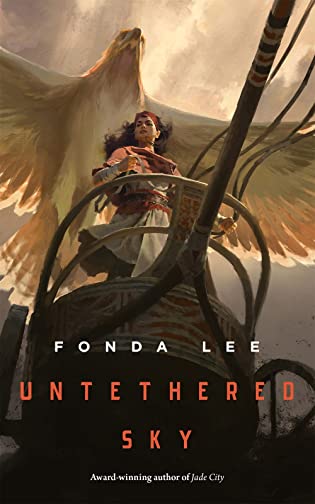 Untethered Sky by Fonda Lee
Untethered Sky by Fonda Lee Format: eARC
Source: supplied by publisher via Edelweiss
Formats available: hardcover, ebook, audiobook
Genres: fantasy
Pages: 160
Published by Tordotcom on April 11, 2023
Purchasing Info: Author's Website, Publisher's Website, Amazon, Barnes & Noble, Kobo, Bookshop.org, Better World Books
Goodreads
From World Fantasy Award-winning author Fonda Lee comes Untethered Sky, an epic fantasy fable about the pursuit of obsession at all costs.
Ester’s family was torn apart when a manticore killed her mother and baby brother, leaving her with nothing but her father’s painful silence and a single, overwhelming need to kill the monsters that took her family.
Ester’s path leads her to the King’s Royal Mews, where the giant rocs of legend are flown to hunt manticores by their brave and dedicated rukhers. Paired with a fledgling roc named Zahra, Ester finds purpose and acclaim by devoting herself to a calling that demands absolute sacrifice and a creature that will never return her love. The terrifying partnership between woman and roc leads Ester not only on the empire’s most dangerous manticore hunt, but on a journey of perseverance and acceptance.
My Review:
I picked up Untethered Sky, as I suspect many readers have or will, because I utterly adored the author’s Green Bone Saga (Jade City, Jade War, Jade Legacy and the prequel short The Jade Setter of Janloon) to the point where I’m still suffering from the book hangover a year later.
Which means I’m delighted that there is a collection of prequel short stories coming out this summer, Jade Shards. If I had the damn thing in my hands right now I’d be reading it instead of writing this review. Because WOW! And DAMN! And OMG I’m squeeing with glee because this is a world that just hasn’t let me go.
Untethered Sky is not set anywhere near Janloon. And it’s not the same kind of story. But it is still based on some of the same concepts. Love. Duty. Honor. But instead of adding criminal enterprises and gang warfare, it adds something a bit different.
Rocs. Gigantic birds that are mythical in our world, but entirely too real in Untethered Sky. As are the great birds’ great enemy, manticores.
Both rocs and manticores are monsters, but rocs are trainable, using similar principles to falconry, just on a rather grand scale. So to speak. Manticores are equally wild creatures, and equally monstrous, but unlike rocs their preferred diet is human beings. As the country grows and expands, the manticores treat each new settlement as their own version of Grubhub, at least until the rocs and their rukhers, trained by the King’s Royal Mews, sweep in to beat back the threat.
On the surface, the story here is the story of one young roc, Zahra, and the apprentice rukher Ester who has won the right to train this magnificent beast.
But the surface of the story isn’t the whole story. Because Ester loves her monster, knowing full well that the monster won’t love her back. She also comes to love the life of the rukhers, finding it a duty and a balm for the damage to her soul. And it fulfills her desire for revenge against the manticore who killed her mother and her baby brother, and broke her father’s spirit as well as her own.
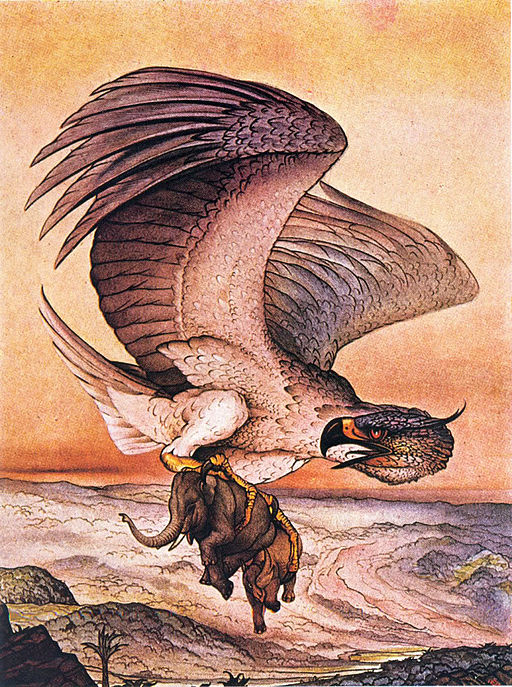
She makes Zahra her life, knowing it can’t be forever. But it’s what she discovers about herself that raises Untethered Sky high on Zahra’s wings.
Escape Rating A-: At first, the story does seem to be drawing from familiar elements, beginning with Ester’s childhood trauma at the claws of a rampaging manticore. (Not that manticores seem to do much other than rampage.)
The early parts of the story take her from the grief-stricken farm to a desperate desire to strike back against the monsters that stole her family and her childhood into a deep dive into an extension of real-world falconry scaled up to work with birds that can break a monster in one dive – let alone a puny human.
Still the parts of the story where Ester bonds with Zahra AND with the life of the rukhers is both familiar and fascinating to anyone who loves a good story about training and being trained. (The falconry aspects reminded me a LOT of H is for Hawk). But it’s the friendships that Ester makes and the lessons that she learns from those friendships – both good and bad – that make the book.
Along with a disastrous military campaign against the manticores that any reader will recognize as embodying the old cliche about military intelligence being an oxymoron.
But Ester learns hard lessons on that campaign, and even harder lessons after it. Lessons that she can forge a life out of, with or without the great winged monster that lifts her high and strikes her heart.
So, the beauty of the writing certainly carries over from Janloon, but this is a story that is writ much smaller using some of the same tools. Ester’s love for the monster Zahra, but also for the found family and true – and false – friends she makes among the rukhers. Her loyalty to her true friends and her envy of the false ones. The honor of serving her bird, her people and her king – not necessarily in that order. And the duty of knowing when it serves her people best to obey, when it serves her bird best to let go, and when it serves her friends best to hang on.

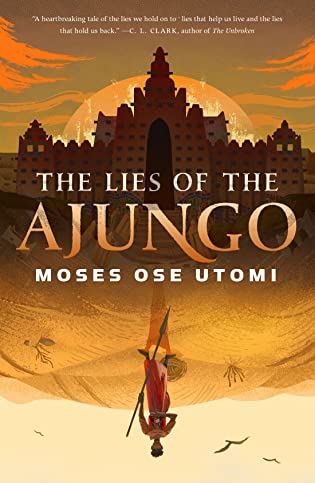 The Lies of the Ajungo (Forever Desert, #1) by
The Lies of the Ajungo (Forever Desert, #1) by 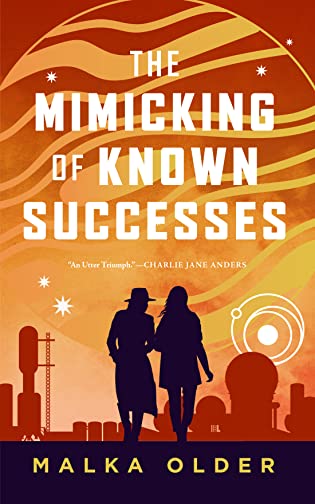 The Mimicking of Known Successes (Investigations of Mossa & Pleiti, #1) by
The Mimicking of Known Successes (Investigations of Mossa & Pleiti, #1) by 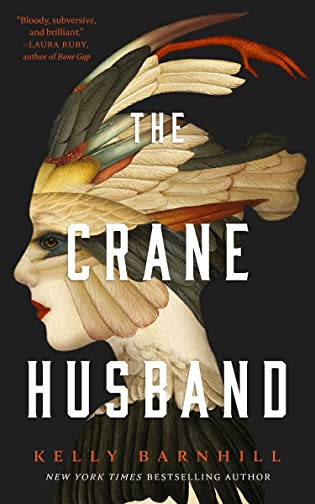 The Crane Husband by
The Crane Husband by 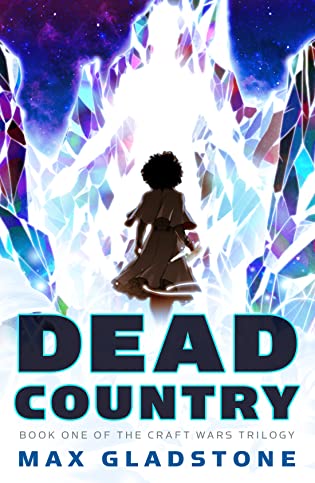 Dead Country (Craft Wars, #1) by
Dead Country (Craft Wars, #1) by 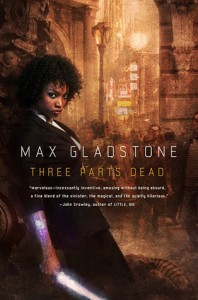 Escape Rating A: Once upon a time (back in 2012) there was a book titled
Escape Rating A: Once upon a time (back in 2012) there was a book titled 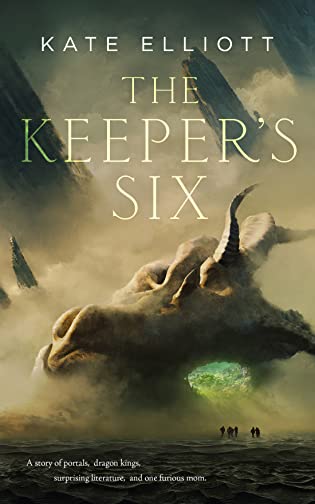 The Keeper's Six by
The Keeper's Six by 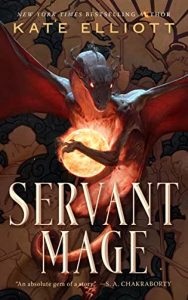 Escape Rating A-: Like the author’s previous novella,
Escape Rating A-: Like the author’s previous novella, 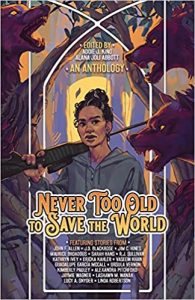 On top of everything else that made The Keeper’s Six so much fun was the way that it seemed to link to so many other wonderful books. Not just the previously mentioned
On top of everything else that made The Keeper’s Six so much fun was the way that it seemed to link to so many other wonderful books. Not just the previously mentioned 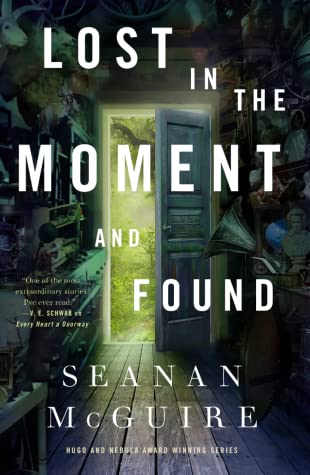 Lost in the Moment and Found (Wayward Children, #8) by
Lost in the Moment and Found (Wayward Children, #8) by 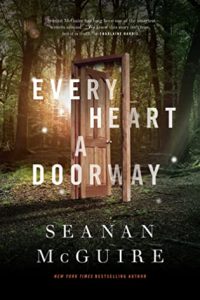 Escape Rating A-: Considering that the author spoils this in an Author’s Note at the very front of the book, I don’t feel at all bad about doing it here as well. Because honestly, if she hadn’t told me up front that Antsy was going to rescue herself from the grooming, gaslighting monster in her own house I wouldn’t have made it through the first chapter.
Escape Rating A-: Considering that the author spoils this in an Author’s Note at the very front of the book, I don’t feel at all bad about doing it here as well. Because honestly, if she hadn’t told me up front that Antsy was going to rescue herself from the grooming, gaslighting monster in her own house I wouldn’t have made it through the first chapter.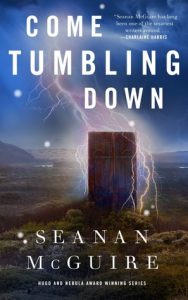 Which won’t stop me from reading the next book in the
Which won’t stop me from reading the next book in the 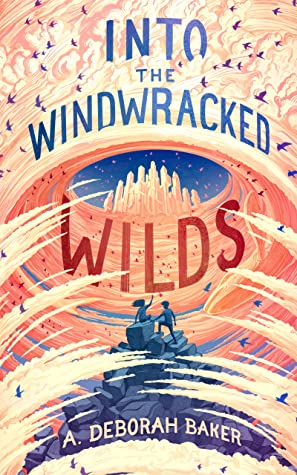 Into the Windwracked Wilds (The Up-and-Under, #3) by
Into the Windwracked Wilds (The Up-and-Under, #3) by 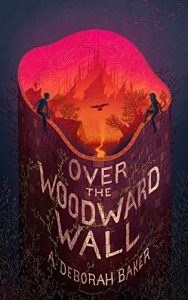 Looking back at my review of the first book in the
Looking back at my review of the first book in the 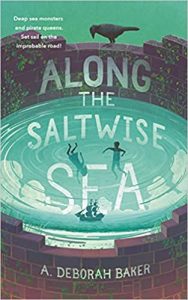 Escape Rating A-: From the beginning, it has seemed as if the direct progenitors of the Up-and-Under were Oz and Narnia. The similarities between the ‘Yellow Brick Road’ and the ‘Improbable Road’ are a bit hard to miss, after all.
Escape Rating A-: From the beginning, it has seemed as if the direct progenitors of the Up-and-Under were Oz and Narnia. The similarities between the ‘Yellow Brick Road’ and the ‘Improbable Road’ are a bit hard to miss, after all.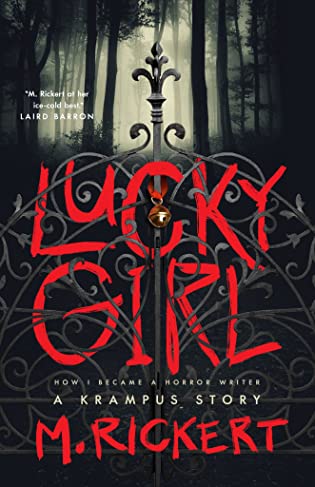 Lucky Girl: How I Became A Horror Writer: A Krampus Story by
Lucky Girl: How I Became A Horror Writer: A Krampus Story by 
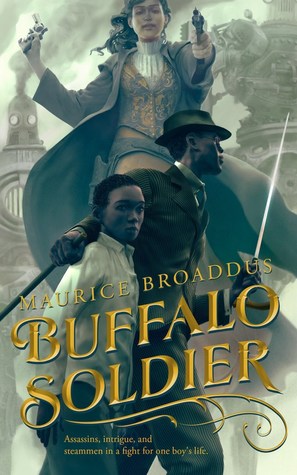 Buffalo Soldier by
Buffalo Soldier by 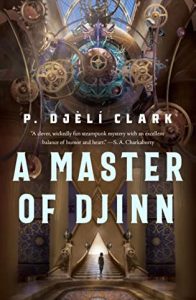 Although the historical turning points that created the steampunk-fueled world of Buffalo Soldier are different, in some ways the feel of the story is similar to Cherie Priest’s
Although the historical turning points that created the steampunk-fueled world of Buffalo Soldier are different, in some ways the feel of the story is similar to Cherie Priest’s 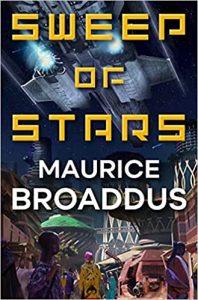 Whatever brings you on this steampunk journey, I believe you’ll find it well worth the trip.
Whatever brings you on this steampunk journey, I believe you’ll find it well worth the trip.